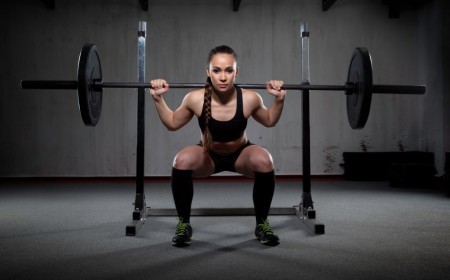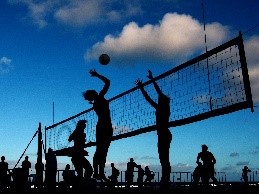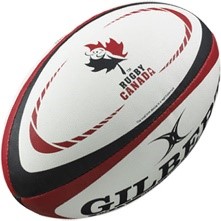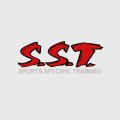
The girls I see coming into the facility always out train the boys; gone are the days where we will accept the phrase “—-like a girl” to mean something inherently wrong, especially when it comes to sports! Female Athletes need to be taken just as seriously as their male counterparts, that goes for every aspect of their chosen sport and will benefit from strength and conditioning programs. With the trend towards early sport specialization becoming more common in young athletes, it is important to ensure that female athletes are competent in a broad spectrum of movements from a young age so that they are well rounded and able to perform their sports activities in the safest manner possible. The following four points (Points 1 &2 in part one and Points 3&4 in part two) highlight how strength and conditioning can be useful for your female athlete.

1. Preparation for the Future
In the past 10 years, long term athletic development (LTAD) and youth physical development (YPD) have been the cornerstone models for development of young athletes. These two distinct approaches use a holistic view to training so that age, growth, maturity and training level are all taken into consideration when a program is designed for an individual. Strength and conditioning training has a significant role in ensuring that young athletes become more coordinated, stable and strong as they advance through their athletic careers. It is important that young athletes are proficient in movement basics so that their platform for growth and development continues along an upward trend.

2. Reduced Injury Risk
Despite concerns in the past that strength training is harmful for young athletes, it has been revealed that strength and conditioning can make a developing athlete “more resistant to injury” (NSCA, 2008). A higher level of motor control and a better understanding of how their body moves in space, allows an athlete to take more control over their injury prevention. Strategies of how to correctly stabilize the core, distribute bodyweight and resist force are all areas which can lower the risk of injury.
A properly designed strength and conditioning program guards against over development of a specific set muscle group from playing a sport year round (specializing), by incorporating exercises to balance and provide joint stability for sport specific movement. The most balanced, strong and coordinate athletes are the athletes who are least likely to be injured.
If you are interested in learning more about your preparation and reducing injury risk please email us at bskinner@sstcanada.com
Look out for Part @ of this blog!

